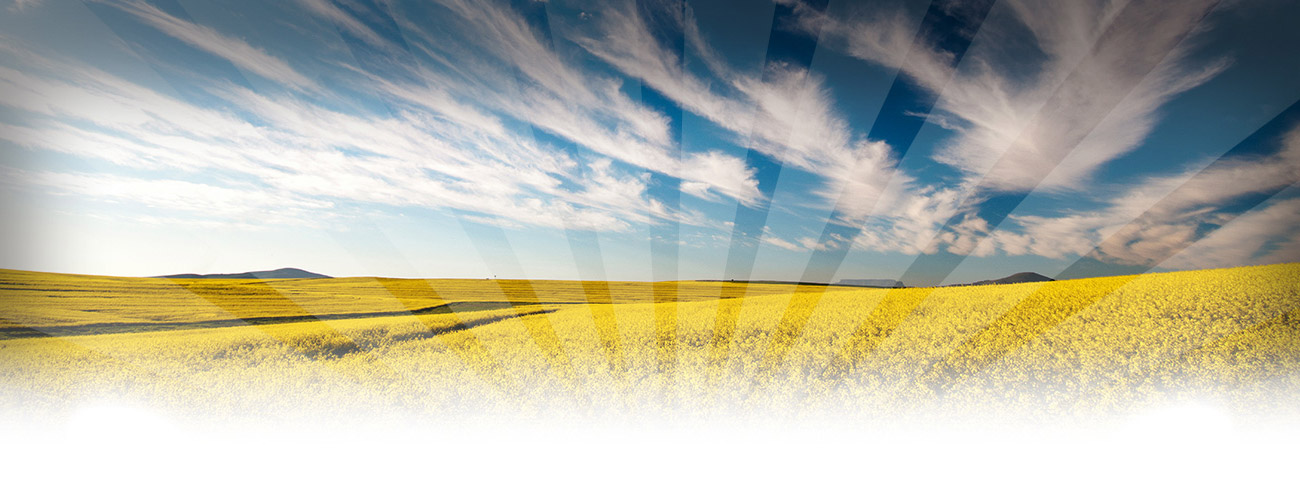

Canola meal is a coproduct of canola processing and is approximately 36 percent crude protein.
Canola is one of Canada’s most important cash crops. Every summer, about 20 million acres (8 million hectares) of prime Western Canadian farmland turn brilliant yellow as canola crops bloom. These vast fields yield millions of tonnes of tiny round seeds, containing approximately 44 percent oil, which is extracted for use as one of the world’s healthiest culinary oils. After the oil is extracted, the seed solids are processed into a protein-packed meal coproduct that is an excellent addition to livestock feed.
Canola is an offspring of rapeseed (Brassica napus and Brassica campestris/rapa) that was bred through traditional plant-breeding techniques to have low levels of erucic acid (<2 percent) in the oil portion and low levels of glucosinolates (< 30 μmol/g) in the meal portion. The glucosinolates were reduced due to their negative impact on palatability and toxic effects in many livestock species.
The term “canola” (Canadian oil) was coined in order to differentiate it from rapeseed. Some countries, especially in Europe, use the term “double-zero rapeseed” (low erucic acid, low glucosinolate) to identify “canola quality” seed, oil and meal.